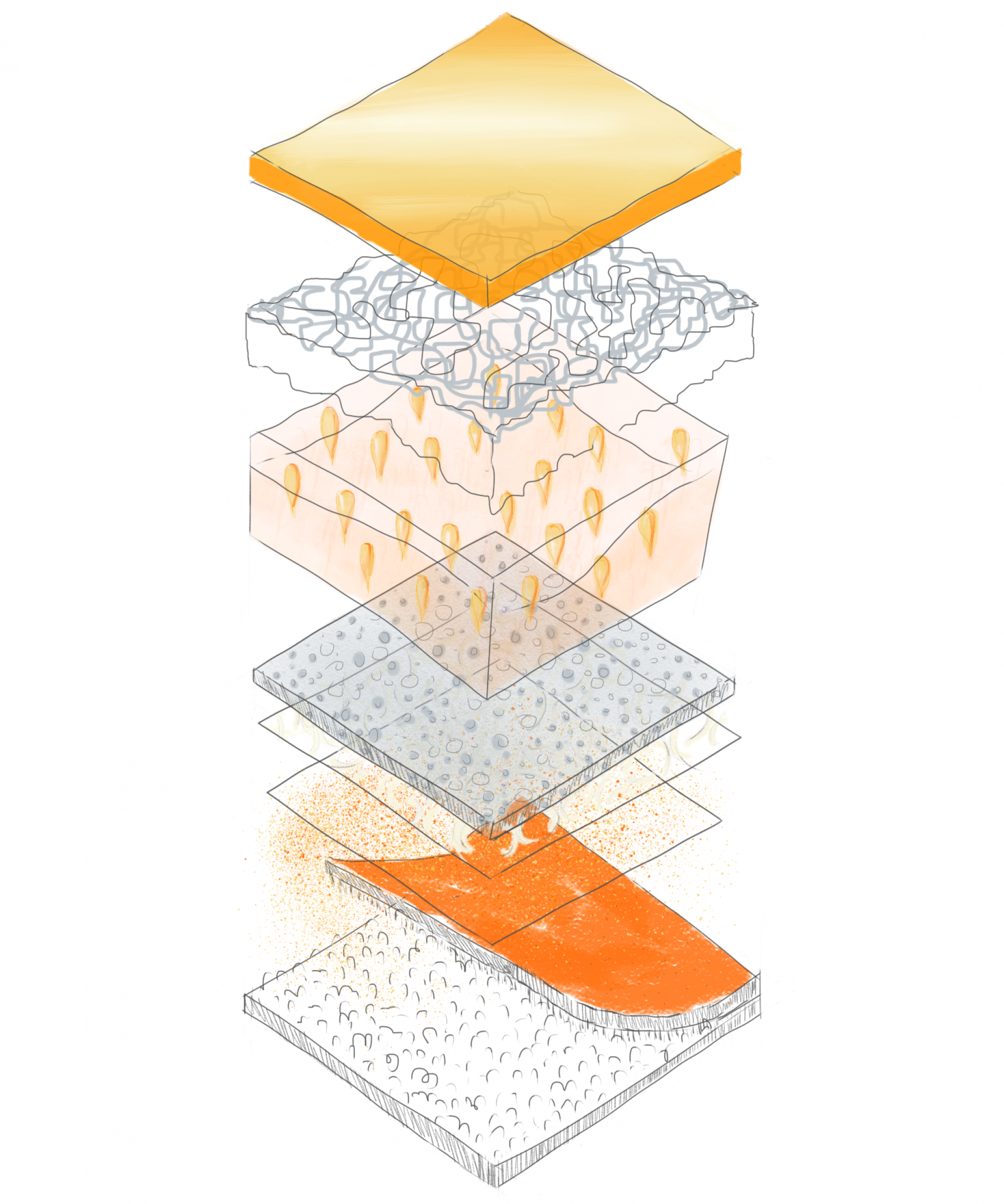in class

at home


The University of British Columbia, School of Architecture and Landscape Architecture
in class

at home

in class

at home




in class

at home


in class

at home

in class

at home

in class

at home

5 cognitive resources of our senses what I learn from this course helps me to understand the senses’ characteristics. During the observation from vision, smell, taste, listen, touch, the natural cognitive method inspired me to explore people in different living condition. Especially, five senses study provides me a methodology when I design a public space, I know how to consider about handicapped people and people who are suffering chronic disease.
The digram shows different senses experiences different cognitive resources.


This category study analyses the different type of outdoor lighting, from appearance design, light resources and mount method. At night, the most useful light resources are the mounted light on the brick. The new pattern is designed by the function and essential element of the lighting structure. The new light provides light on the ground and post cap, which helps to install the lamp bulb.




In Class Exercise: Examining how cats smell

Link to video:
https://drive.google.com/drive/u/0/my-drive?ths=true
Notice what piece of clothing she darts too upon first whiff.. and how much time she spends smelling it.. animals seem to tolerate what humans don’t (wet soccer socks)

Legend (along path starting from bottom middle left)
*smell was so strong I could taste some of it too